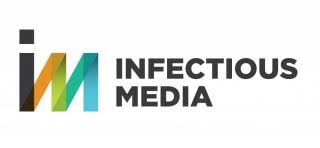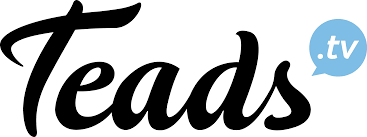Agencies Have Struggled to Adapt to Programmatic; Programmatic Rules Digital Display
by Hugh Williams on 23rd Nov 2017 in News

ExchangeWire Research’s weekly roundup brings you up-to-date research findings from around the world, with additional insight provided by Hugh Williams, senior data analyst, ExchangeWire. In this week’s edition: Agencies have struggled to adapt to programmatic; Programmatic rules digital display; and Digital strategy upheaval.
Agencies have struggled to adapt to programmatic
Nearly three-quarters (71%) of advertisers think agencies have struggled to adapt to programmatic, according to a study by Infectious Media. Respondents also say that there needs to be a radical overhaul of the agency model.

Some 74% also said agencies don’t fully report financial data, and 73% claimed agencies do not accurately measure programmatic. The complexity of the supply chain was also an issue for advertisers, with 66% claiming they lacked control over their relationship with publishers. Just over half of those interviewed (53%) believe this is the result of agencies being untrustworthy.
Despite wanting more control from programmatic and seeing the agency model as broken, advertisers believe agencies will play a valuable role in the future, with 96% saying agencies should manage multiple aspects of programmatic advertising going forward.
However, 86% also said they would manage some aspects of programmatic in-house in the future too, suggesting a hybrid relationship is set to become the norm. Larger advertisers had the greatest appetite for in-housing, with almost half (49%) saying they would like to bring strategic planning in-house, and manage relationships with publisher data and inventory themselves.
Programmatic rules digital display
In the UK, 77% of digital display advertising will be traded programmatically this year, rising to 90% in 2019, according to Zenith's 'Programmatic Marketing Forecasts'. This places the UK well above the global average and one of the markets leading the global development of programmatic marketing.

According to Zenith, two-thirds of the world’s digital display advertising (67%) will be traded programmatically by 2019, up from 59% in 2017. The value of advertising sold programmatically will rise from USD$57.5bn (£43.4bn) in 2017 to USD$84.9bn (£64.1bn) in 2019, growing at an average rate of 21% a year.
Programmatic trading is most advanced in three English-speaking markets: Canada, the US, and the UK, where we estimate 81%, 78%, and 77% of digital display advertising will be bought programmatically this year, respectively. Denmark is in fourth place, with 70% of display being traded programmatically, followed by France, at 63%.
The US is by far the largest programmatic market, valued at USD$32.6bn (£24.6bn), 57% of the global total, in 2017. China comes next, at USD$5.3bn (£4bn). Just 29% of digital display advertising is traded programmatically in China at the moment, so there is scope for plenty of future growth here.
The study also suggests that USD$5.6bn (£4.2bn) will be spent programmatically across television, radio, cinema, and outdoor in the US this year, representing 6.0% of total ad expenditure in these media. By 2019, we expect the total to rise to USD$13bn (£9.8bn), or 13.6% of the total.
Digital strategy upheaval
Almost all CMOs (95%) have overhauled their digital strategy in the past year, according to research by Teads.

In the last twelve months, more than four-fifths (83%) of marketing heads say they have become more concerned about brand safety, with 77% more worried about ad fraud than before.
Many are also demanding greater transparency from suppliers and agencies, with nearly half (44%) questioning their supplier relationships and 43% scrutinising agency relationships.
In the future, 93% will choose agencies or suppliers based on their ability to prove brand safety and transparency. Over a third (36%) have boycotted or reduced spend on channels that can’t guarantee brand safety and 37% of CMOs say they are now directly involved in the execution of digital strategy. Two-fifths (39%) have discussed booking campaigns direct with suppliers, and two-fifths (41%) are even considering taking ad buying in-house.
Despite this action, brand-safety concerns persist for CMOs. Two-fifths (43%) want reassurance from publishers that they’re controlling risky content on their sites (43%). Over a third (36%) want agencies to address their questions on transparency and 34% are worried how users could react to ads appearing next to unsafe content.
DisplayProgrammaticTechnologyTransparency








Follow ExchangeWire